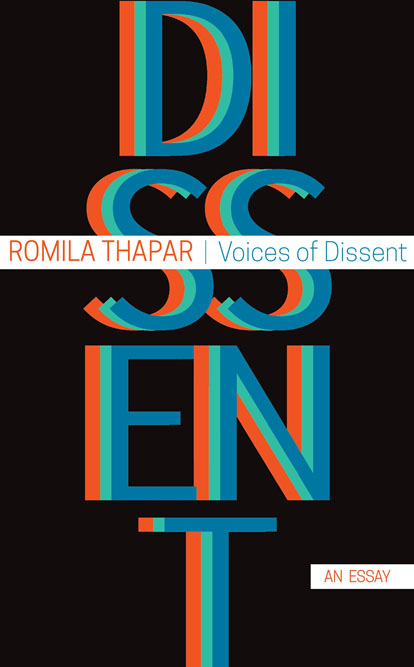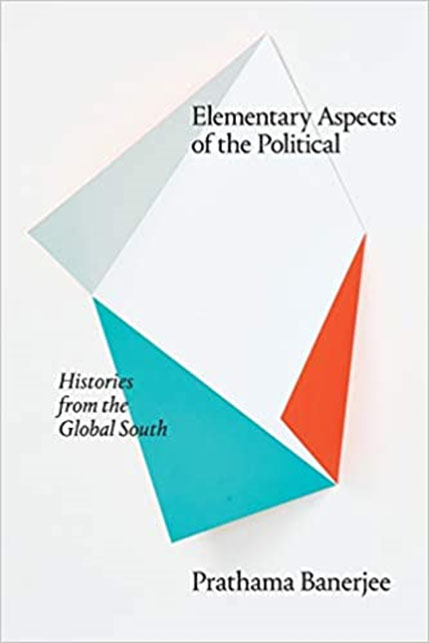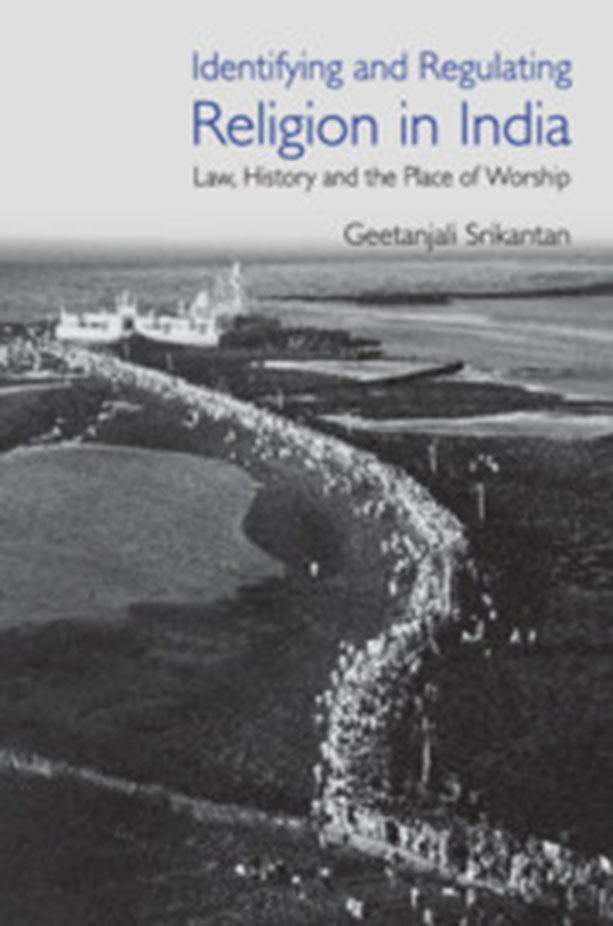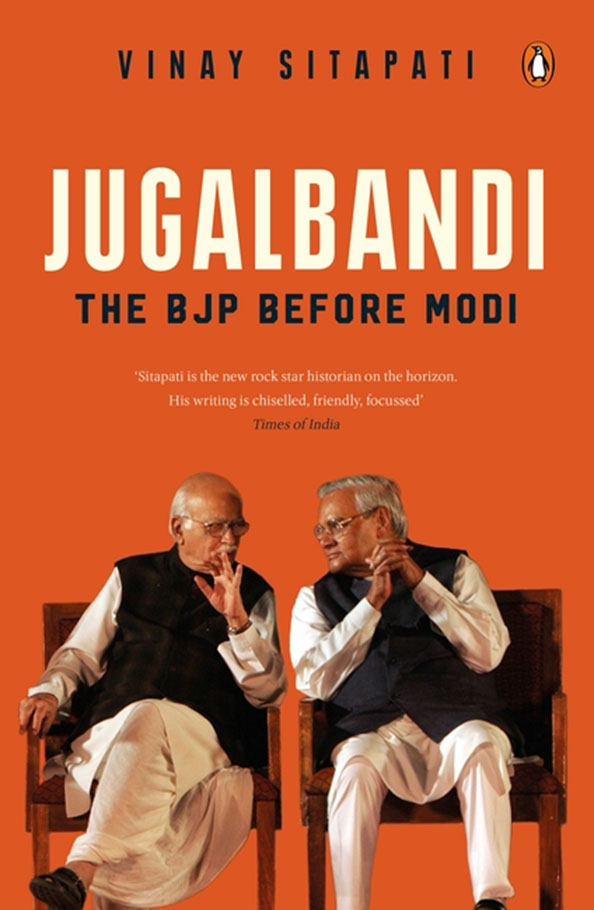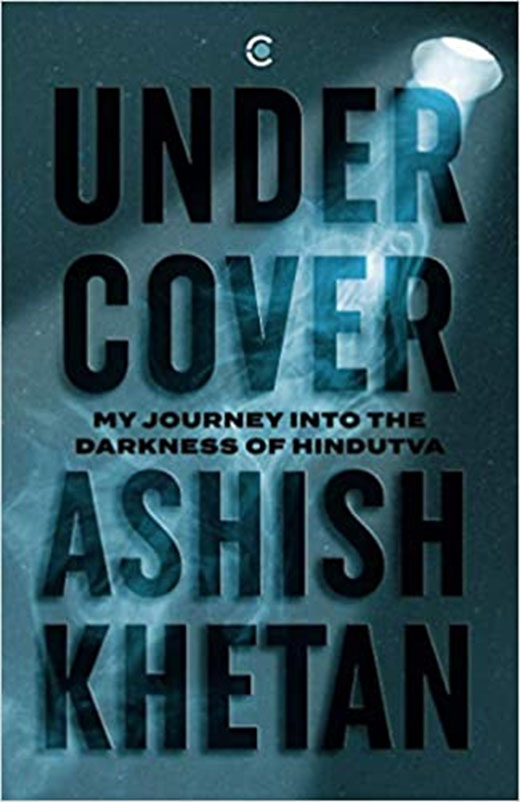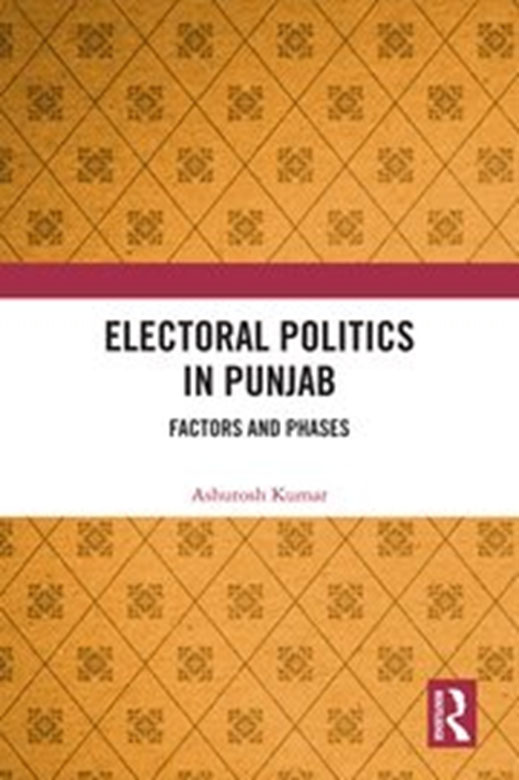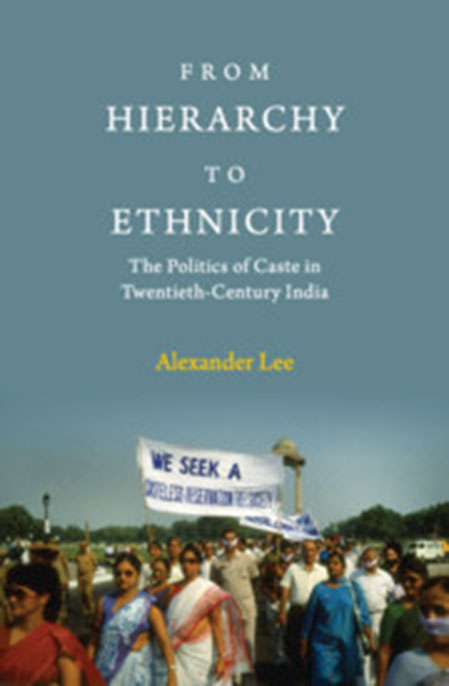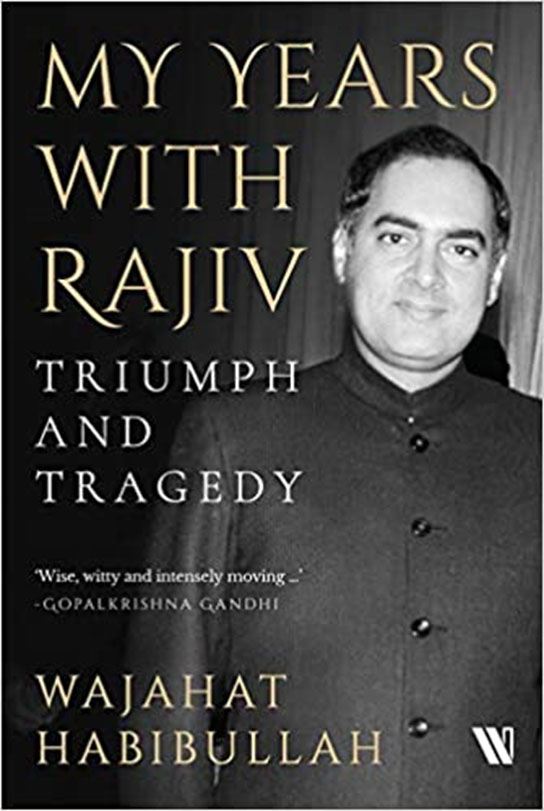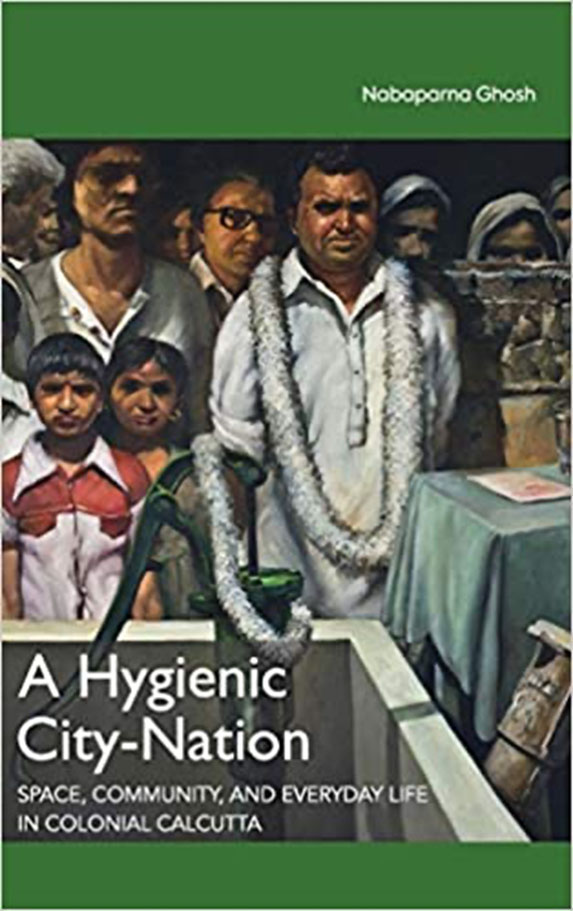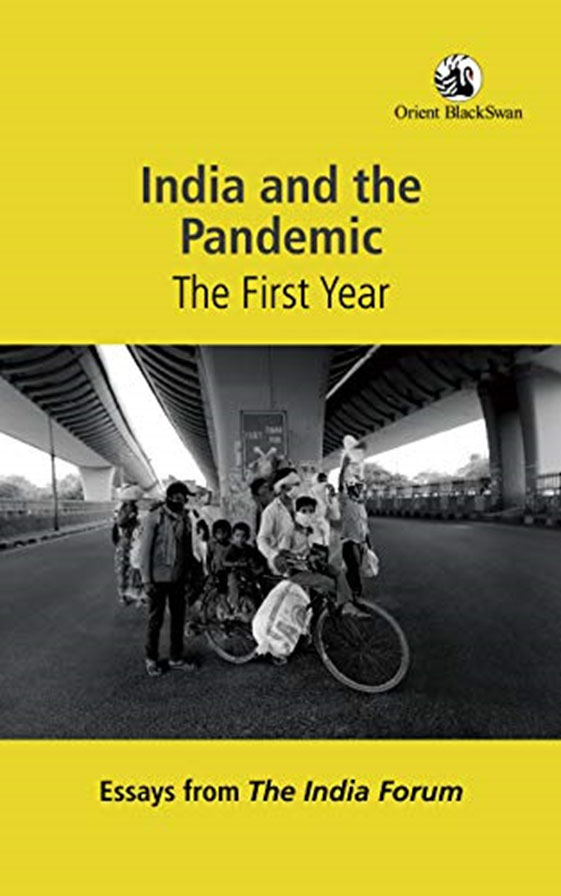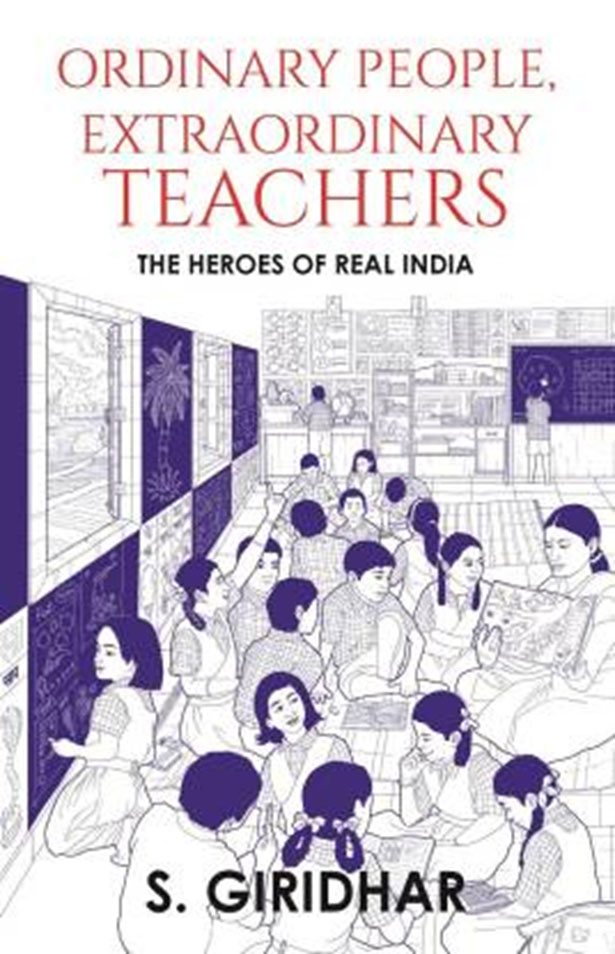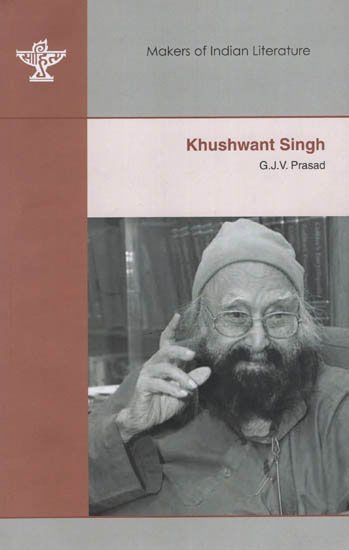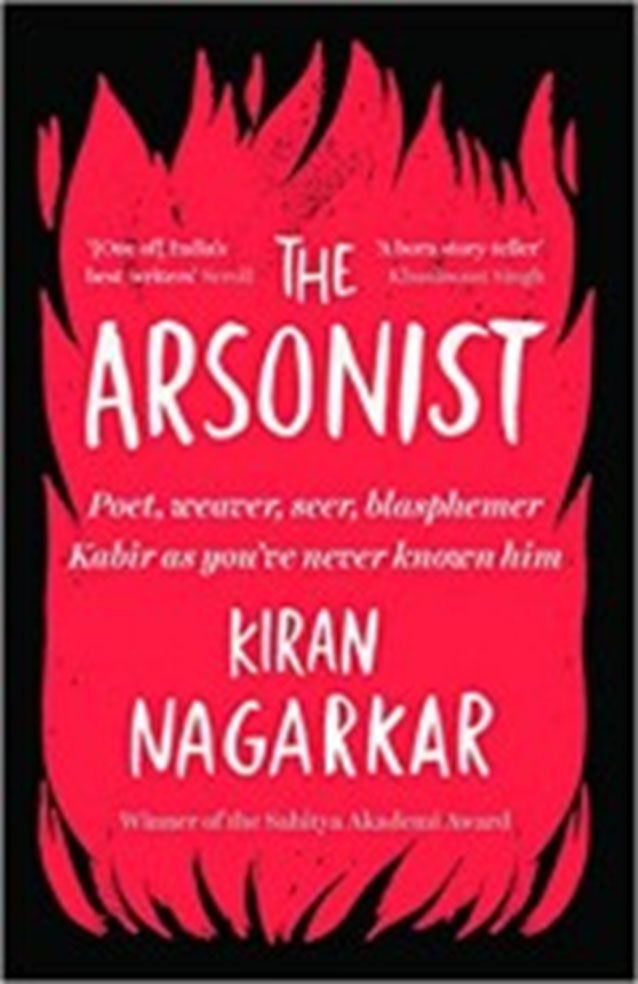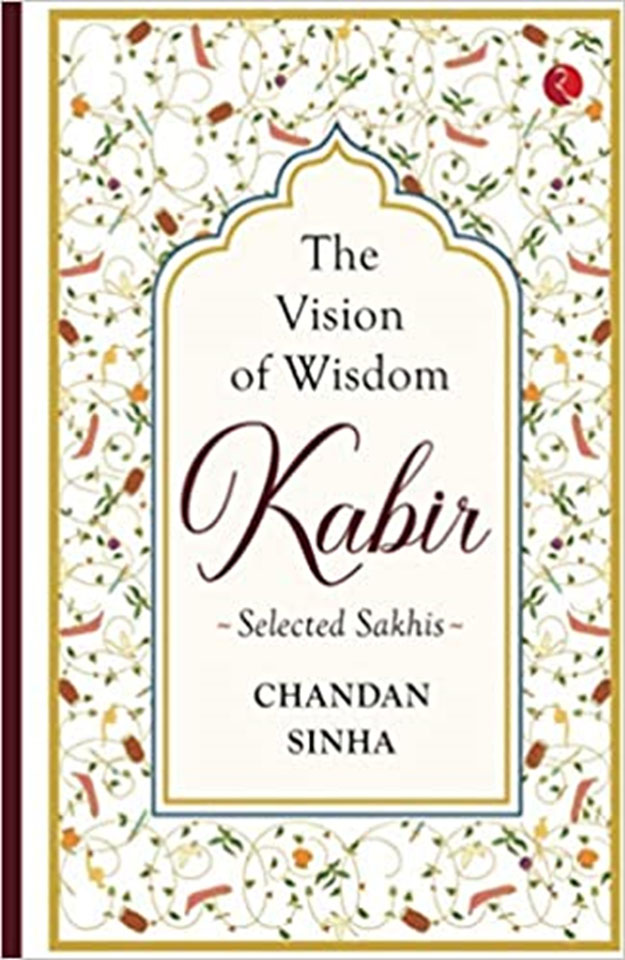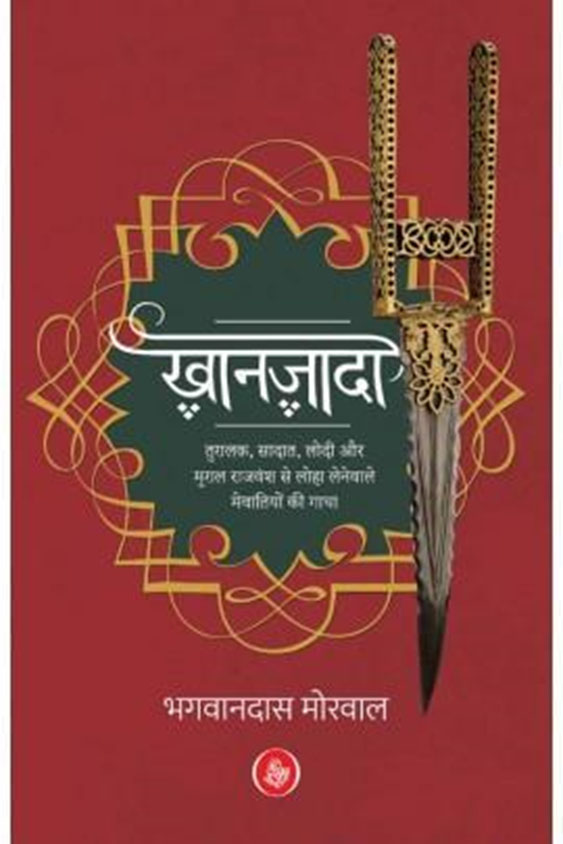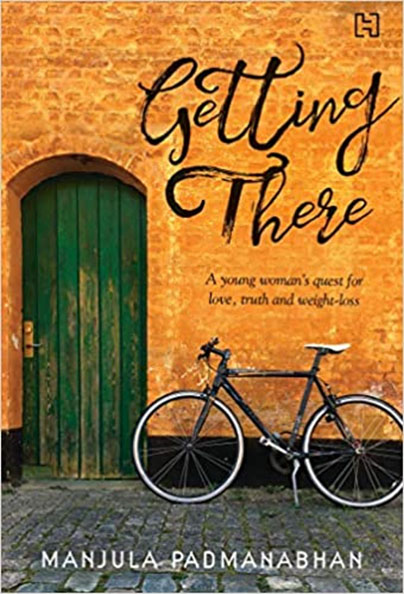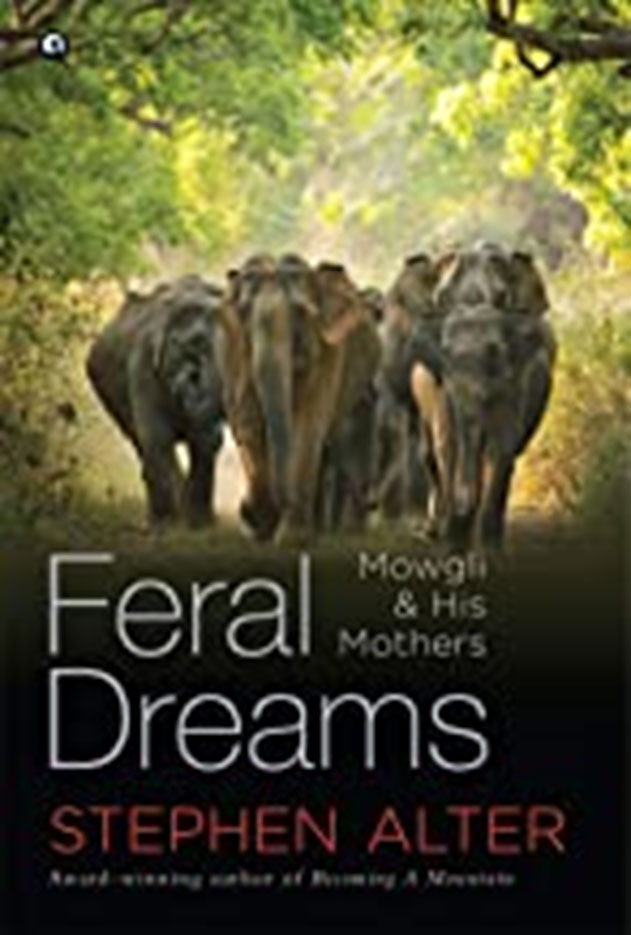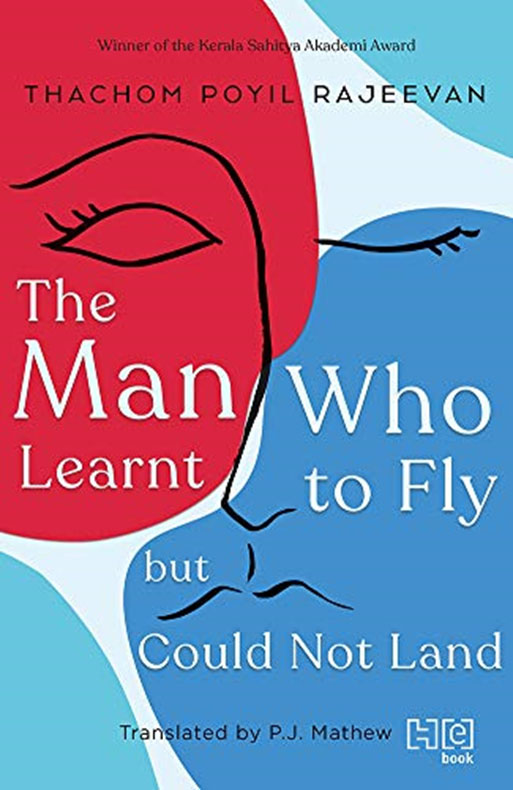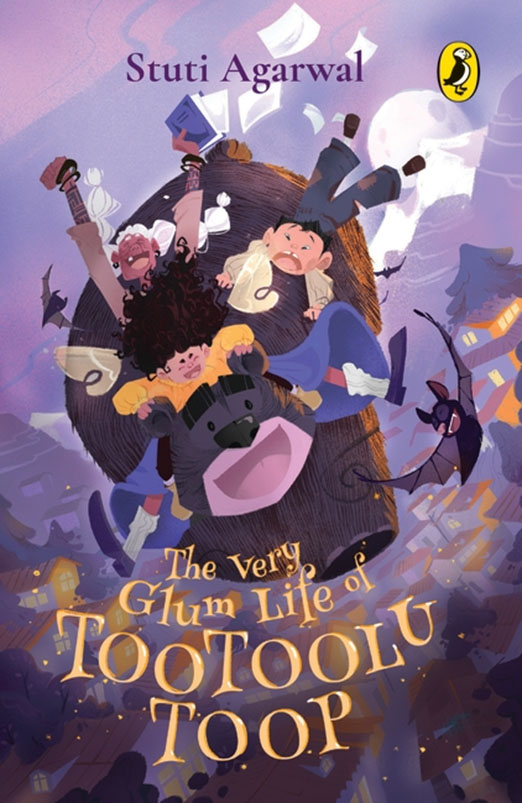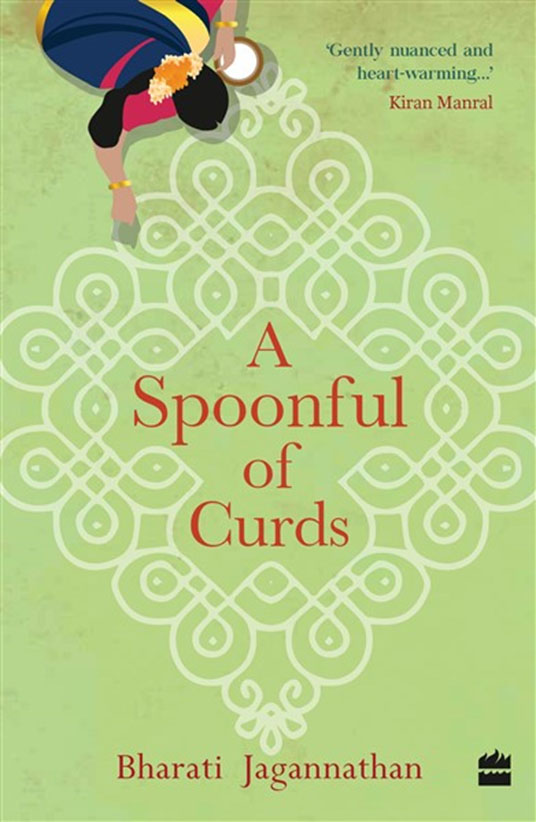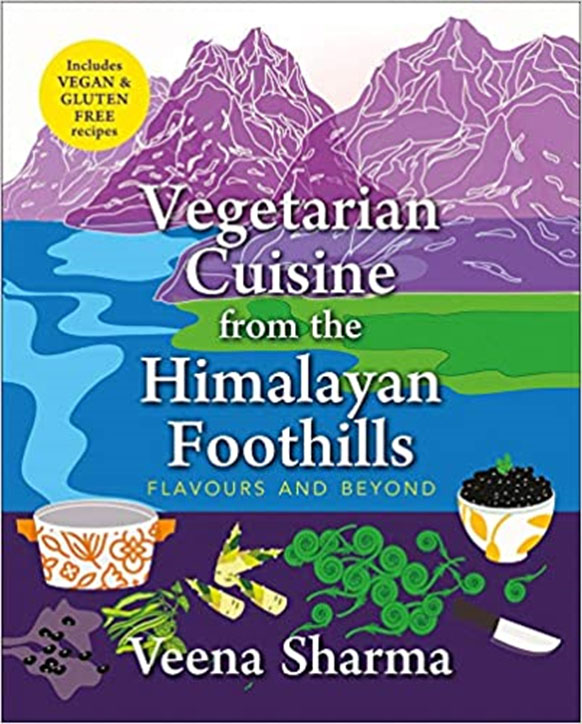More verbiage has been expended, on a global scale, on MK Gandhi’s 1930 Salt Satyagraha than on any other event of national importance in the 20th century. To this day, analysts continue to pore over the why and wherefore of the Gandhian satyagraha (literally, ‘soul-force’) movement…
Archives
June 2021 . VOLUME 45, NUMBER 6The book foregrounds the ‘multitudinous dialectics’ (p. 215) at the core of the political, defying borders and hierarchies of disciplines and minds, and most fabulously, replete with the volumes of counterintuitive ideas. The book delivers in text as well as subtext…
Litigating the past in the manner of the British created a new reality for India. It gave shape to religion and provided the bases for many a confrontation between religions and the religious-minded in this country of hundreds of personalized religions…
Vinay Sitapati’s Jugalbandi is an absorbing account of the growth and development of the Bharatiya Janata Party (BJP) before 2004. The story is about the Party when it was on the fringes, nowhere near capturing a plurality of the votes, and had no realistic chance of becoming the ruling party on its own…
Undercover: My Journey into the Darkness of Hindutva gives a chronological account of the events, testimonies, and use of state machinery in the execution of what culminated into a cold-blooded extermination of the Muslims in Gujarat. Ashish Khetan, a journalist by profession, presents…
Electoral politics in India, particularly in the Indian States, has acquired its own dynamism and complexity. While it gets impacted by socio-economic factors—local, State level and national—it also impacts the society and polity through social and political alliances as well as voting patterns…
Modernity and democracy are responsible for changing the conventional nature of state power and social relationships. In India, the colonial state was responsible for introducing new institutional practices that regulated and reformed the state and societal practices…
1991 is often referred to as the year when India faced severe political and social instability due to the rise of divisive identity politics in the aftermath of the Mandal and Mandir issues. The year also marked the country facing serious economic crisis which compelled…
The United Service Institution (USI) describes itself as the oldest think-tank in Asia. Set up by the British, it opened in Simla in late nineteenth century. Soon after Independence, it moved to New Delhi. Though under considerable pressure from lack of resources in the early years…
The book under review is Nabaparna Ghosh’s crisp treatise about the para or the neighbourhood in colonial Calcutta. The book has four chapters apart from a very well laid out introduction and a tight epilogue. The introduction outlines the plan of the book and raises a number of questions…
As we live through an unprecedented number of new infections of Covid-19, and deaths, we can take pride in that in this one indicator we have even overtaken the USA. We are reporting close to 400,000 new cases every day and close to 4000 deaths every day…
Academic writing in the field of education often presents a theoretical understanding that is disconnected from field realities. As a teacher educator, I have often found pre-service teachers struggling with theories, models and perspectives that are built on the basis of research…
2019
In just seventy pages, the author Prasad has packed a lot of punch in this meticulously researched monograph on Khushwant Singh. The engaging narrative is peppered with laconic one-liners, tongue firmly in cheek. While he notes that Singh was many things to many people—a writer
A way from the hypnotic overreach, exaggerated deeds and the over-ritualized texture in the earlier works on the Bhakti poet Kabir, Kiran Nagarkar’s The Arsonist foregrounds the persona of Sant Kabir through a recital of the mundane, ordinary and the normal run of things in his life.
Kabir’s works stand thoroughly translated and analysed, yet the appeal of his ideas and writings continues to invite further translations and interpretations. Chandan Sinha’s book makes an important contribution to the existing knowledge on Kabir and places this possibly…
Past is a land of possibilities—creative, discussive, interpretive. The seductive aura of its myriad ifs and buts has always kept creative imaginations in thrall. Novelists have often latched on to its narrative possibilities to augment their fictionality and make a meaningful intervention in the present…
Stuck in her twenty-something body, Manjula Padmanabhan is a misfit amongst her friends and family. Getting There: A Young Woman’s Quest for Love, Truth and Weight-Loss is a memoir about a woman in erstwhile Bombay who is unable to find peace despite all…
Stephen Alter’s Feral Dreams makes a creative and engaging intervention in the proliferating literary and cinematic industry that constitutes the afterlife of Rudyard Kipling’s Jungle Book. During the span of a century or more since this novel was first published
We come to appreciate light only when the sun sets or the lamps are out. Similarly, we really come to know what freedom is when we are in jail. One day in jail would give a detainee much more insight into what freedom is than can be gained reading and listening for a lifetime outside. (p. 177)…
There is both beauty and novelty in finding magic, but one hears less about the beauty and novelty of the everyday. Stuti Agarwal’s The Very Glum Life of Tootoolu Toop is a love letter to the everyday, ‘glum’ life that we all live. Told through the perspective of a ten-year-old witch of the ‘Oonoodiwaga’…
Bharati Jagannathan, an academic and historian who is already well-known as a children’s writer, debuts her collection of fiction for adults with this engagingly heart-warming set of stories. If the vibrant cover with the title ensconced inside a kolam isn’t suggestive enough, the glossary of Tamil…
When I think of foods I’m likely to encounter in the Himalayan areas, I think of momos, thukpa, yak cheese. But wait. All these dishes are of Tibetan origin. With that comes the realization that I, and most of us, have little idea as to what is consumed in an Indian home located in the foothills of the grand mountains on a regulaar day. ..

